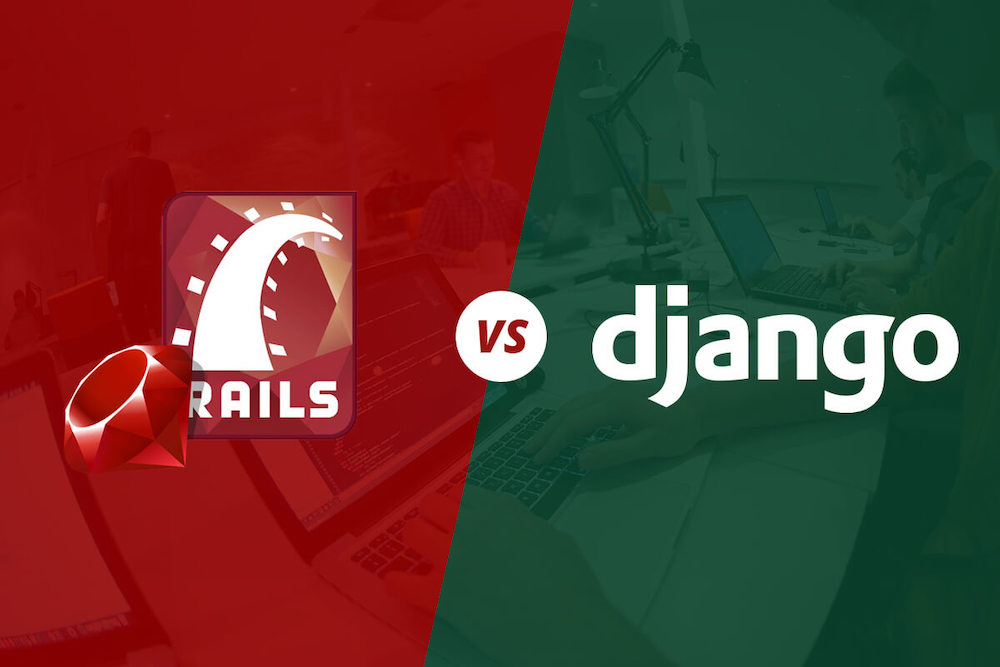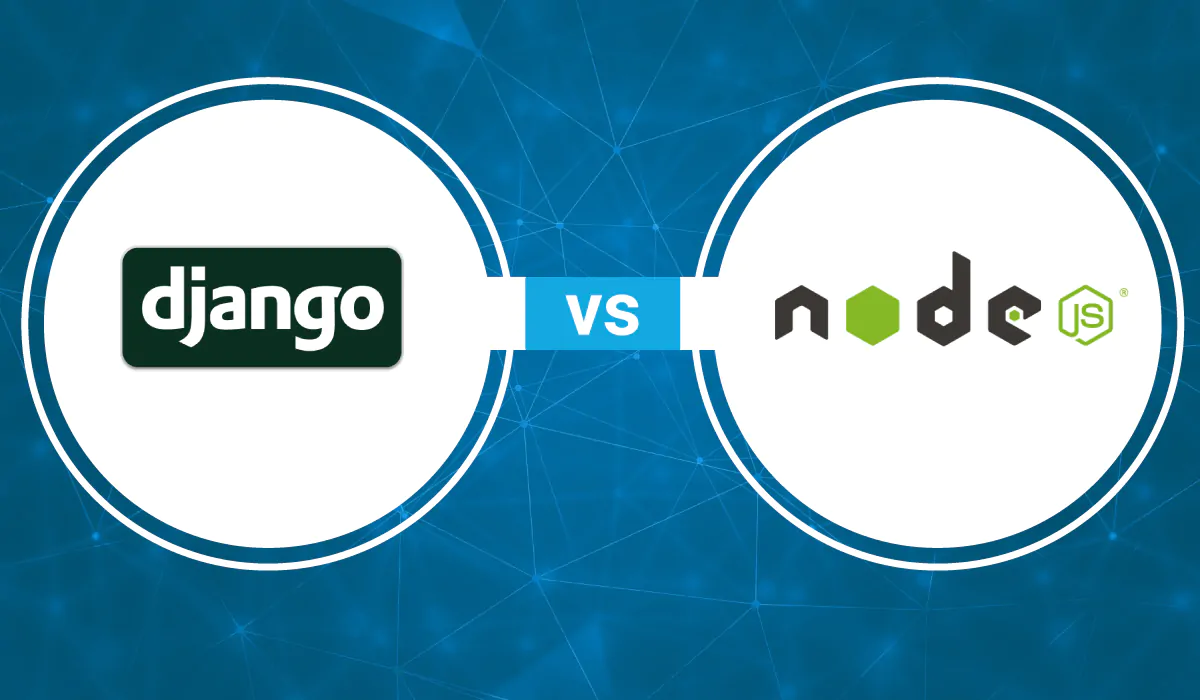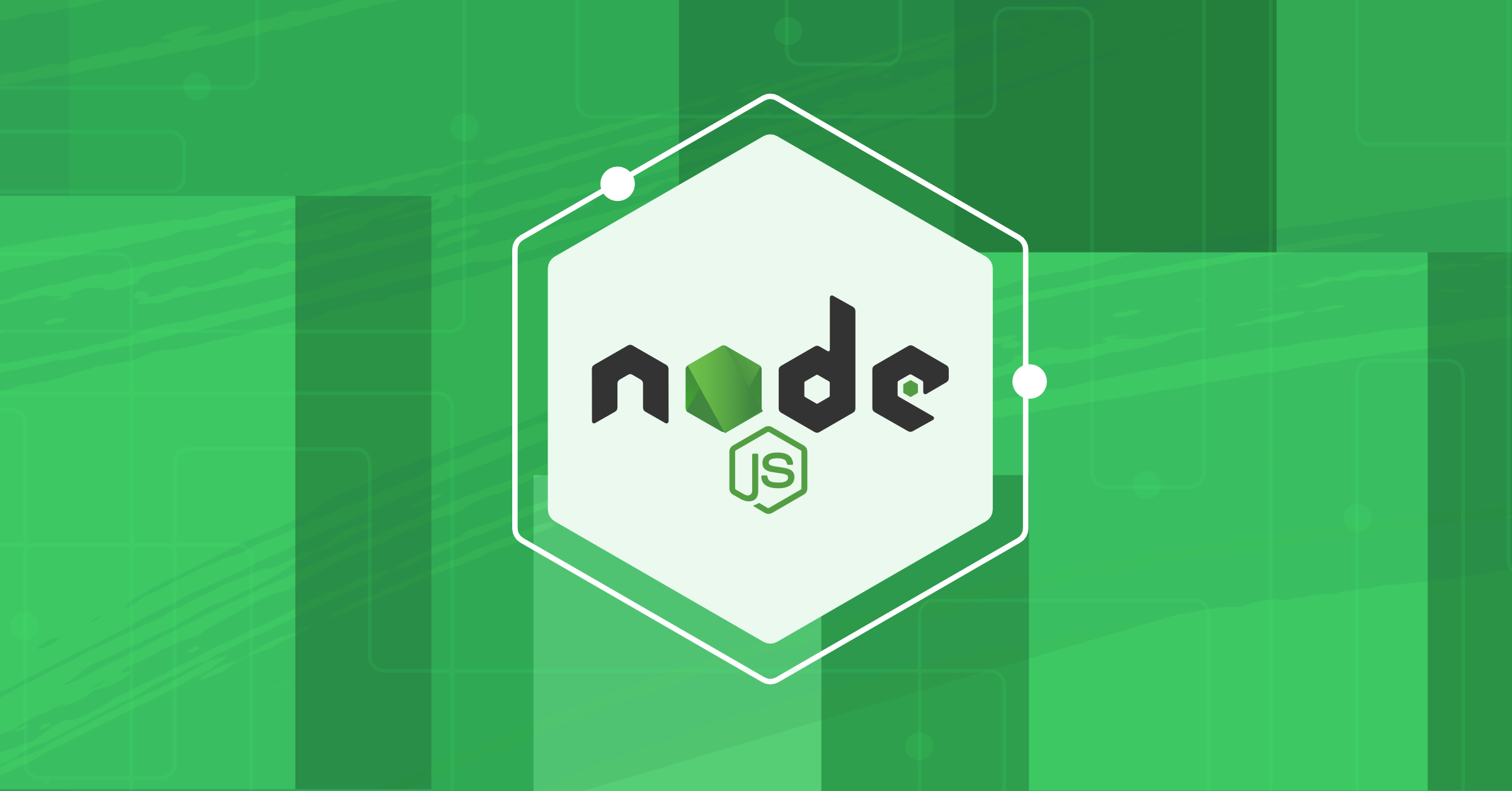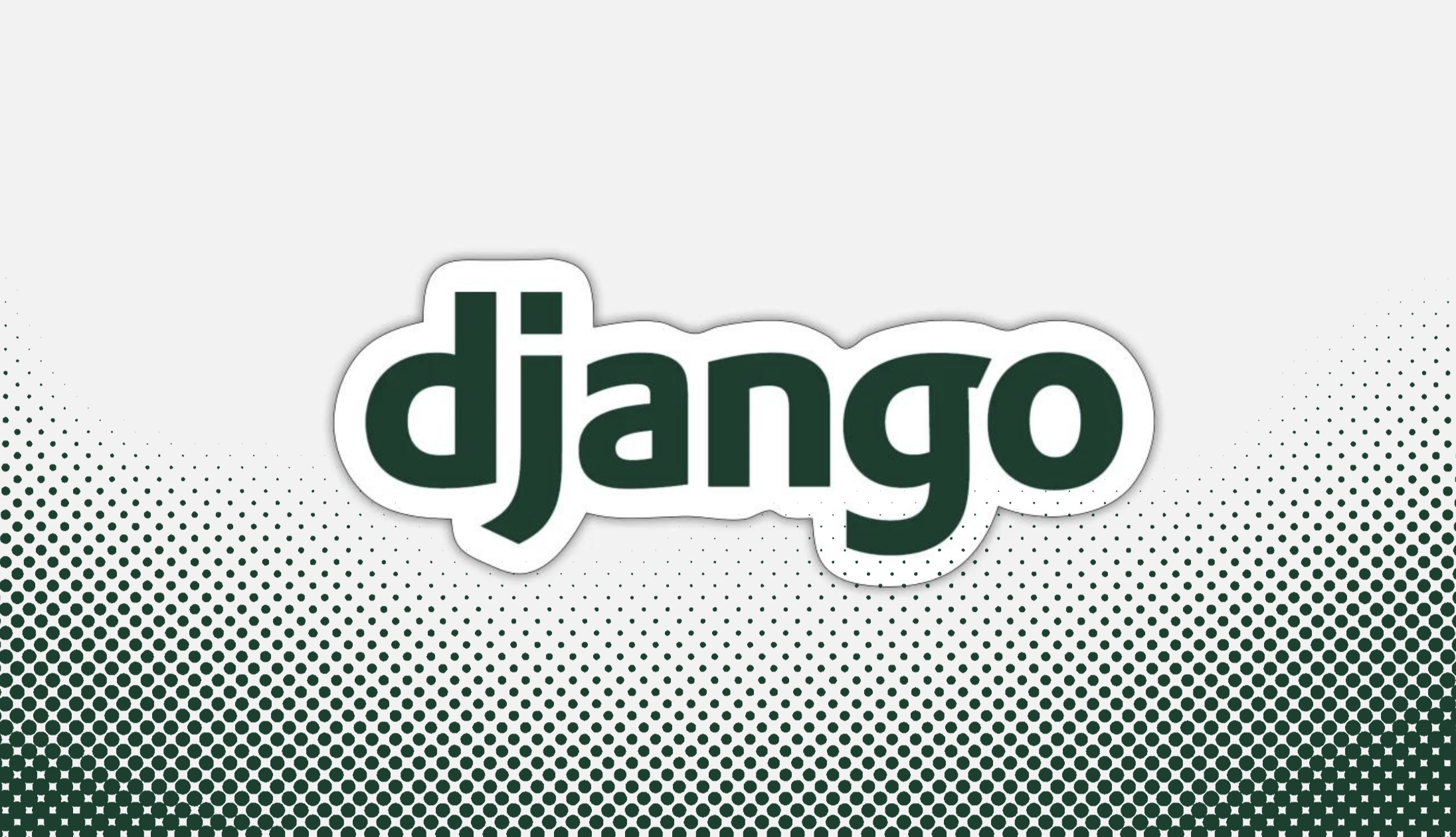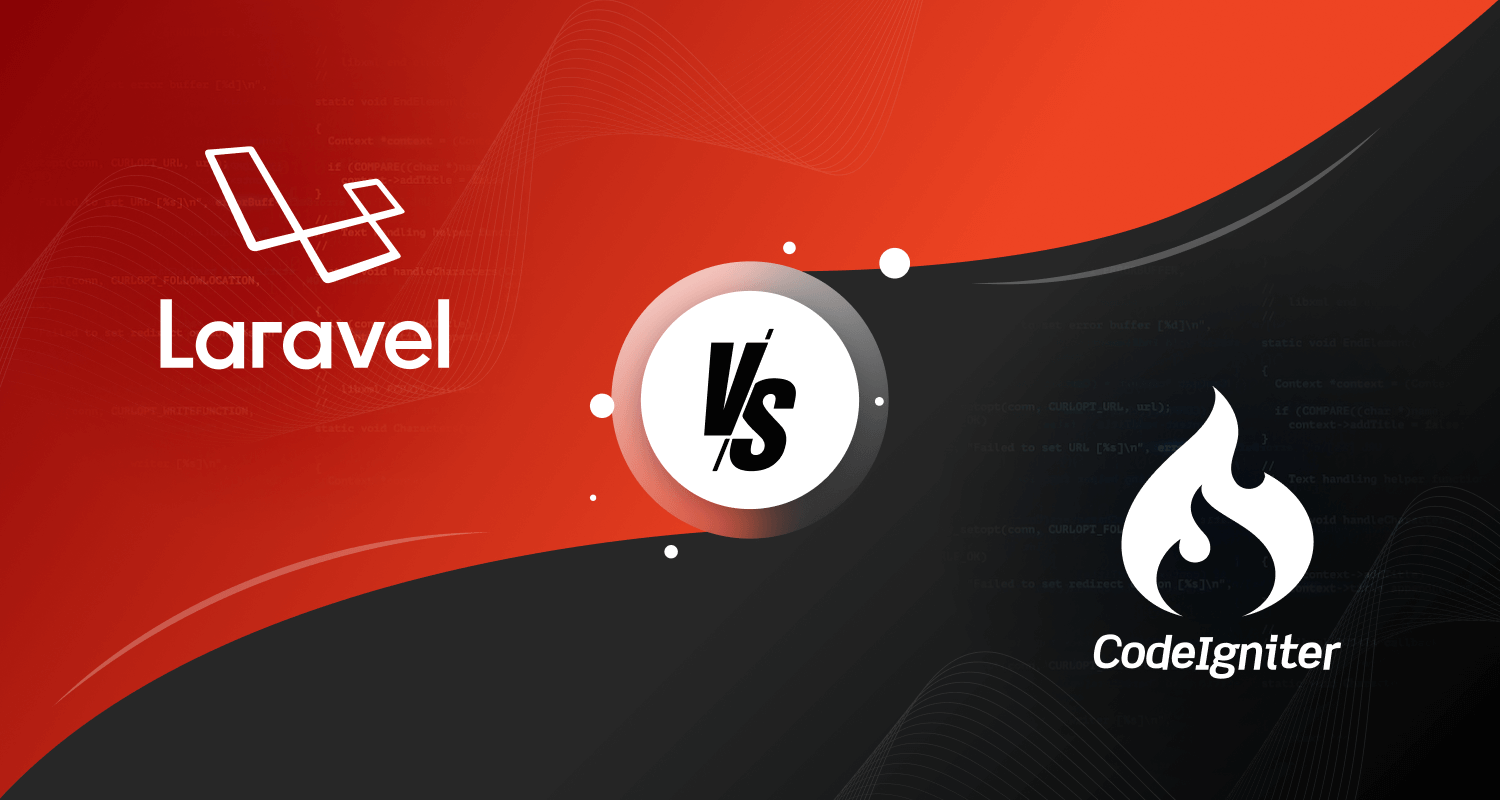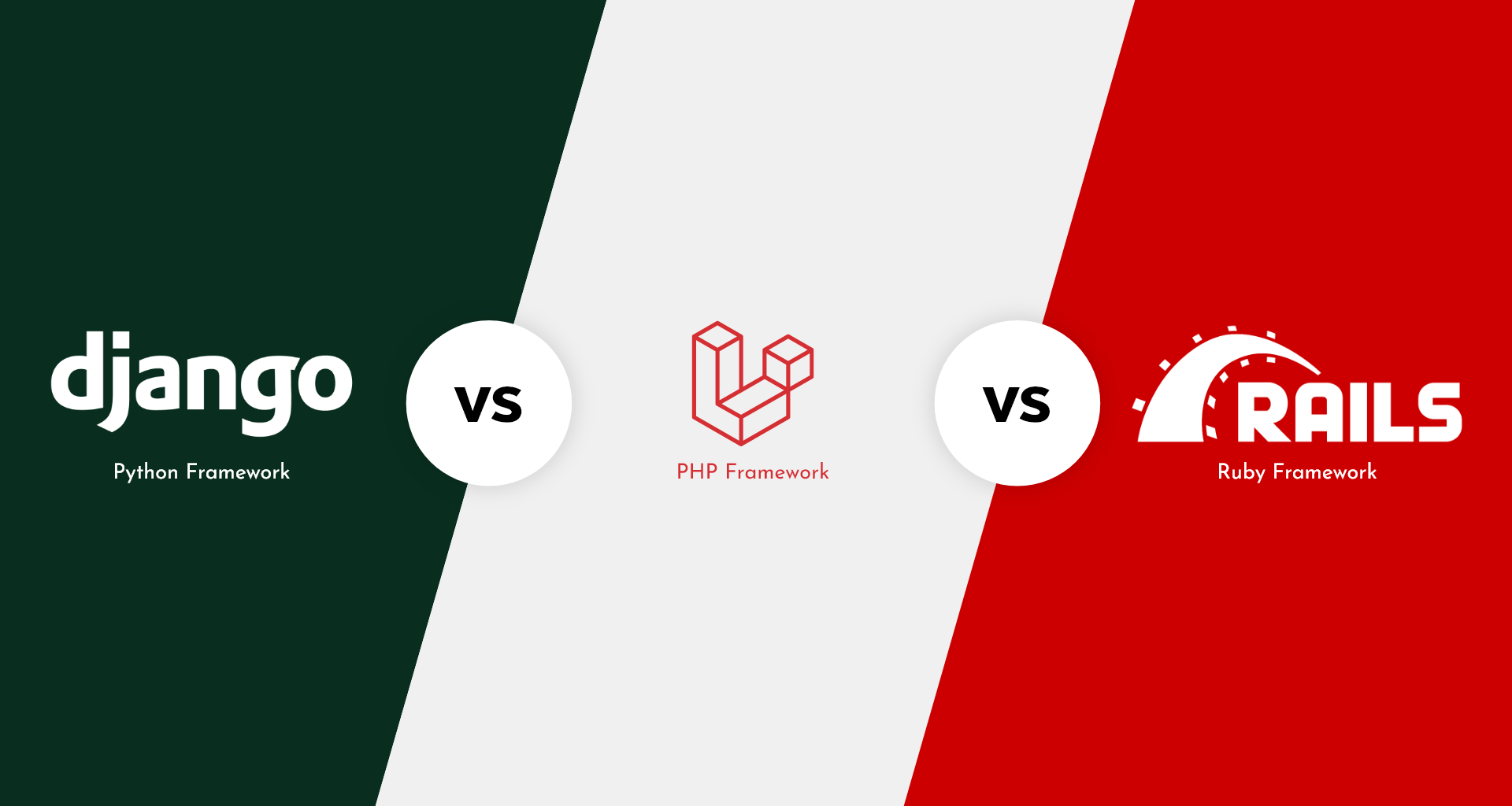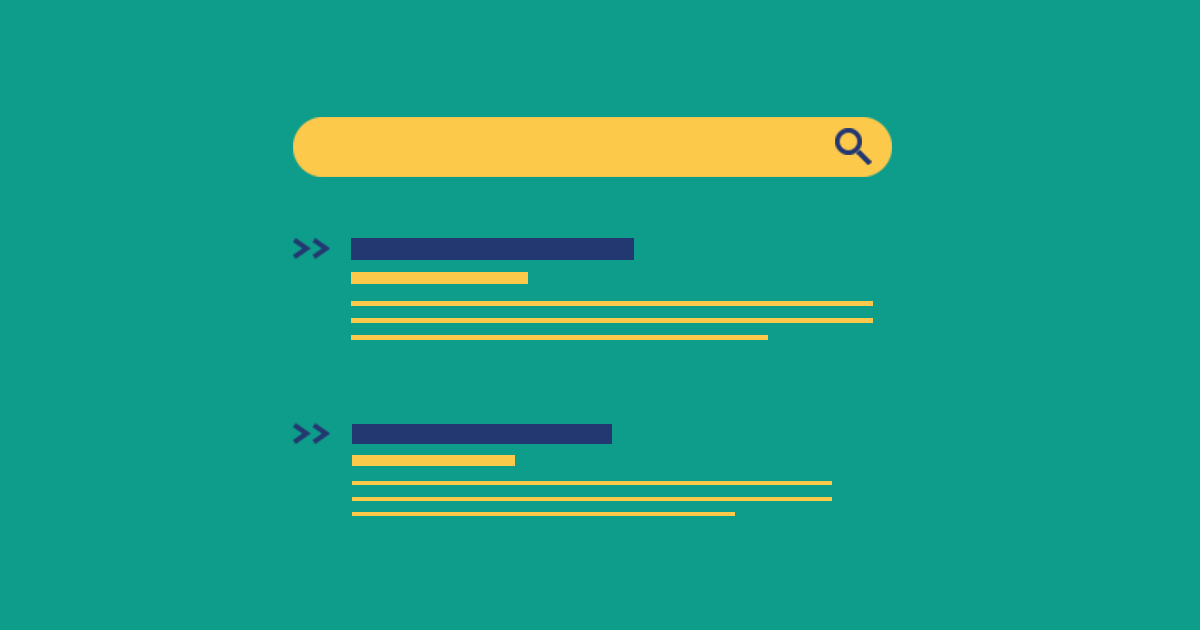Django
Django was born in a newsroom to deal with strict time-limits. It had to exclude a lot of routine activities during the development process. The Django project is represented as an app. You can combine different applications to build a more scalable and functional system with separate application modules that will not interfere with each other. The key Django’s philosophy implies that the final code is pretty verbose so it can be read by the developer who has no working experience with a particular product.
Websites that are based on Django: Bitbucket, Disqus, Instagram, Mahalo, Mozilla, NASA, National Geographic, Pinterest, Rdio, Reddit Gifts, The Guardian, Washington Post.
Ruby On rails (RoR)
RoR has the "coding by convention” paradigm in its root (core) providing developers with simplicity and flexibility without getting them overwhelmed with many intermediate decisions to be made. Rails framework is strong in “magic”: that’s the way developers call its automation. With RoR, you can only specify some “unusual” aspects of your application and the rest will be done automatically.
Websites on RoR: Basecamp, Bloomberg, GitHub, Heroku, Hulu, Scribd, Shopify, SlideShare, SoundCloud, Twitter, Zendesk.
Which Framework is Best for 2020?
However, we have a debate at hand right now, so let’s take a look
Person 1: “Django is the best web development framework as it offers an easy and understandable code.”
Person 2: “Well, Ruby on Rails offers expeditious development process, which gives it an edge.”
Pros of Django Framework:
-Scalable
-Mature Software with numerous Plug-ins
-Highly Customizable
-Effective Admin Panel
-Django has the Representational State Transfer (REST) framework
-Adopts Battery-included approach
-Supports MVC programming
-High compatibility with databases and operating systems
Cons of Django Framework:
-Lacks the capability to handle multiple requests simultaneously
-Based on Django ORM
-Makes web app components tightly-coupled
-Too Monolithic
Pros of Ruby on Rails:
-Easy to modify and migrate
-High-speed development
-Diverse tools and presets
-Superior testing environment
-Active RoR community
-Component structure is based on Plugins and Gems – enabling high functionality with less coding.
Cons of Ruby on Rails:
-Tricky to create API
-Varying quality and standard of documentation
-Low runtime speed
-Lack of flexibility
Django Framework vs. Ruby on Rails Framework:
Both Django and Ruby on Rails are great web development frameworks. They can deliver modularized, clean code and significantly reduce the time spent on common web-development activities. Both of them follow the model-view-controller (MVC) principle, which means modeling of the domain, presenting the application data, and user interaction, all work separately from each other. The question then is: How do you pick which framework to use?
The decision may come down to which language you prefer or which software development principle you want to follow: to rely on sensible defaults, such as Ruby’s convention-over-configuration principle, or to follow Python’s explicit-is-better-than-implicit principle. The answer is simple — you can’t really go wrong by picking either one.
Architecture
One thing that both of the web Development frameworks have in common is both have adopted MVC (Model-View-Controller). However, for Django, it is called MVT (Model-View-Template). Both MVC and MVT are similar for the most part and differ ever so slightly.
In Django, the Model represents the database that describes the data structure, View is the Regular Expression-based URL Dispatcher which controls what the users are supposed to see. Last but not least, Template signifies a web templating system that amalgamates with Django Template Language (DLT). The controller part here is handled by Django itself.
As for in RoR, the Model denotes the data of the database such as comments, pictures, posts, etc. All this is taken care of by ActiveRecord. Here, the View covers the data in the HTML template and then sends it to the Controller, which then later is handled by ActiveView. Now, the ActionController is the one to connect Model and View and handle requests while also taking care of sending responses to the web browser.
User Interface
When performing Django vs Rails comparison on the grounds of the user interface, they both are absolutely the winners. It is because both of them are created to offer a high-class experience. These web-centered frameworks allow every app development agency to develop highly-functional websites loaded with impeccable add-ons and plugins.
Speed and Performance
In the battle of RoR vs Django, it is observed that Rails is faster by 0.7%. It is because Rails has the advantage of a rich repository of amazing libraries and plugins to enhance the speed and eventually the performance of this framework. Nevertheless, Django equally encourages expeditious development process and is an incredible choice for a web framework.
Django REST framework delivers convenience in the form of authentication modules, JSON serializers/deserializers, etc. When comparing Django vs RoR, we can say that Django may have an edge as REST is one of the prominent advantages of Django.
Nevertheless, the performance of Django vs Rails is high for both as they leverage modern programming languages while providing the tools to optimize the code.
Stability
Creativity and stability are two parallel elements that are necessary for development. We could consider the one winner who can handle both effectively. Ruby on Rails has the ability to juggle both as it lets users reuse the code to minimize the dependencies. It also uses the Convention over Configuration approach, freeing the coders from any additional efforts.
On the other side of the table, Python practices a more conventional approach by sticking to any proven method to solve the problems at hand, providing stability.
Installation
Comparing Django vs Ruby on Rails on the basis of the installation process is not a hard nut to crack. Django’s installation process is very easy and hence, only takes about a minute to install completely.
However, the same thing cannot be said about RoR. You need to first understand what bundle and Gems are, as they are needed to install the packages for Ruby. These two are installed first and then the run Command Gem Install Rails to finally install the latest version of the Rails framework.
Security
In Django vs Rails comparison, we had to include the security factor as it is an indispensable part of any website or applications for that matter.
Django has definitely gained this feature from Python. In fact, NASA also uses Django frameworks, which is a fact enough in itself advocating how secure it is. Django is backed with middlewares while Rails is supported with active records. Django has tools that safeguard your Django app from SQL injection, cross-site scripting (XSS), etc. and so does Rails.
All in all, both web development frameworks are a reliable option and can be trusted for security.
Conclusion
It may seem that RoR has a slight advantage, but that's not quite so. When writing code, automation is very helpful, but it’s not always necessary – some fragments can be added by hand much faster (instead of editing a bunch of default values) and you will be absolutely sure that these fragments will work in any situations. And if you plan to refactor or scale, more verbose and readable code will make it simple for developers to control each step and eliminate possible errors.
So, Django or Rails? This is your own choice, according to your experience, professional skills, and goals.
Django is an excellent choice for those who are looking for more customization, tech-maniacs who like to play with code spending much time “under the hood”. It has a wider application in data science and business, which resulted in many professional applications. If you care about backward compatibility, Django is also better than RoR here.
RoR concentrates on the faster launching of your Web applications getting you more familiar with framework concepts and allowing you to implement some complex features faster thanks to automation and shortcuts.



